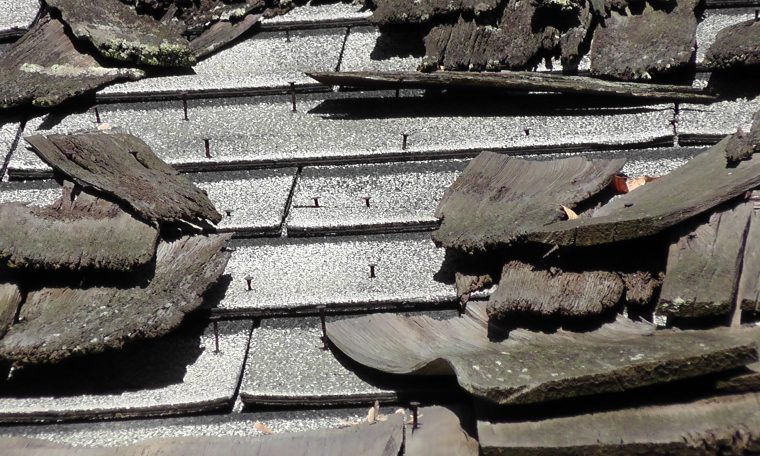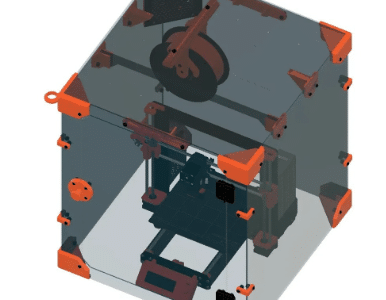
While asbestos is famous for being resistant to fire, it also comes with health dangers that are a cause for concern. That’s why keeping track of materials with asbestos is crucial for keeping everyone safe and following the rules. The good thing is digital revolution has introduced many tools designed to simplify and enhance these critical processes. In this blog post, we will discuss the role of technology in an asbestos management plan. Moreover, we will also discuss how these advancements have made it easy to track.
Use of Digital Tools in an Asbestos Management Plan
Handling asbestos was tricky in the past and often led to errors because it was all done manually. But today, with the help of new tech tools, it’s much easier and more accurate. Inspectors use helpful apps on their phones to look at asbestos up close, and there are online systems that store all the important information. It’s like giving an asbestos management plan a tech upgrade, making the whole process smoother and more reliable.
Technological Innovation in An Asbestos Management Plan
- Mobile Applications for On-Site Inspections
Mobile applications are now essential tools for those inspecting buildings for asbestos. Inspectors quickly record important details like where the asbestos is, its condition, and what type it is with just a smartphone or tablet. This means they don’t have to rely on pen and paper, making their work faster and more accurate. Plus, these apps let inspectors take pictures or videos right then and there. This visual evidence gives people a better idea of what’s happening, making it easier to understand the asbestos situation. And the best part? Inspectors can create reports instantly with all this information. This quick reporting helps decision-makers act faster, ensuring they can deal with any asbestos issues as soon as possible.
- Geographic Information System Integration
Using a Geographic Information System, known as GIS, helps professionals see exactly where asbestos is. Think of it like having a map that points out where you can find asbestos in buildings or specific areas. This map helps professionals plan better because they can see which areas have more asbestos than others. By using GIS, they can easily spot places with a lot of asbestos, helping them focus on those areas first to keep people safe.
Moreover, GIS is like a guide for professionals when they want to remove asbestos. With this system, they can plan out how to tackle the removal process more effectively. They can figure out which areas need attention first, ensuring they use their time and resources wisely. This smart planning means less disruption for people and businesses while making sure that asbestos is removed safely and efficiently.
- Cloud-Based Databases for Comprehensive Tracking
Cloud-based databases provide a streamlined, secure space for professionals to store and access asbestos information. Eliminating paper clutter, these platforms allow easy retrieval of vital details, from asbestos locations to other steps of an asbestos management plan, whether on-site or remotely. With robust security features, they safeguard sensitive data, ensuring compliance with privacy regulations. Additionally, their user-friendly design facilitates the swift sharing of essential information with regulatory bodies and team members, promoting transparency and adherence to safety standards.
- Artificial Intelligence for Predictive Analysis
AI acts like a smart helper in an asbestos management plan, using past data to predict future risks. It helps experts identify where asbestos might become problematic, considering factors like material age and usage patterns. This tech guides professionals on when to inspect or remove asbestos, ensuring safety. By pinpointing areas needing attention, AI streamlines efforts, allowing workers to concentrate on critical areas, and enhancing efficiency and effectiveness in managing asbestos risks.
- Training Simulations and Virtual Reality
Virtual Reality lets workers practice asbestos safety in simulated environments, offering hands-on experience without real risks. Professionals can engage in scenarios mimicking asbestos encounters, like wearing protective gear or proper cleanup methods. It’s like a safety video game where learning is interactive and engaging, ensuring workers understand and remember safety protocols. This VR training enhances real-world readiness, allowing workers to confidently handle asbestos situations while prioritizing safety for themselves and others.
- Integration of Blockchain Technology for Transparency and Accountability
Blockchain technology works like a digital diary, ensuring asbestos information remains trustworthy and unchanged. When pros log details on this system, everyone can believe the data’s accuracy and integrity. It’s all about building confidence among those managing asbestos, knowing they have dependable information at hand.
Imagine it as keeping tabs on a package you’ve ordered online; you always know its whereabouts. Similarly, with blockchain, experts can trace asbestos from its discovery to safe disposal. This straightforward tracking ensures everyone follows proper procedures, guaranteeing asbestos is managed correctly and communities remain protected.
Final Takeaway
Using modern tools like remote sensing and blockchain helps us in the process of asbestos management plan. These new methods improve how we detect and monitor asbestos, raising our standards in the industry. As experts adopt these tools, we focus more on safety and honesty. With these digital helpers, everyone can handle asbestos tasks confidently, ensuring safety for people and the environment for years to come.



